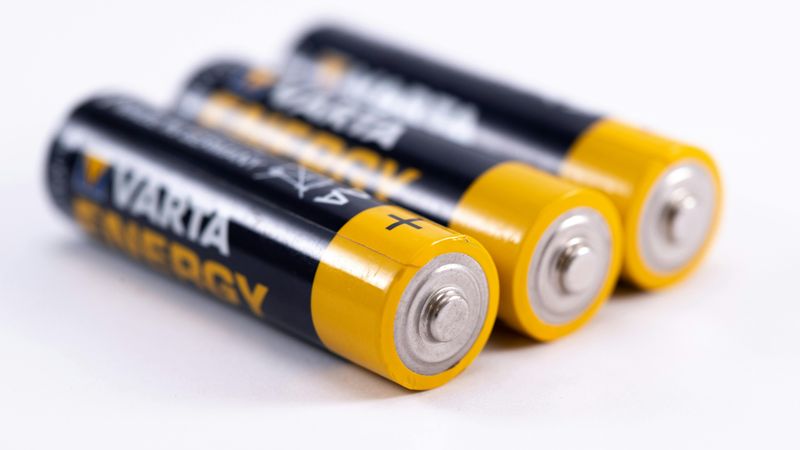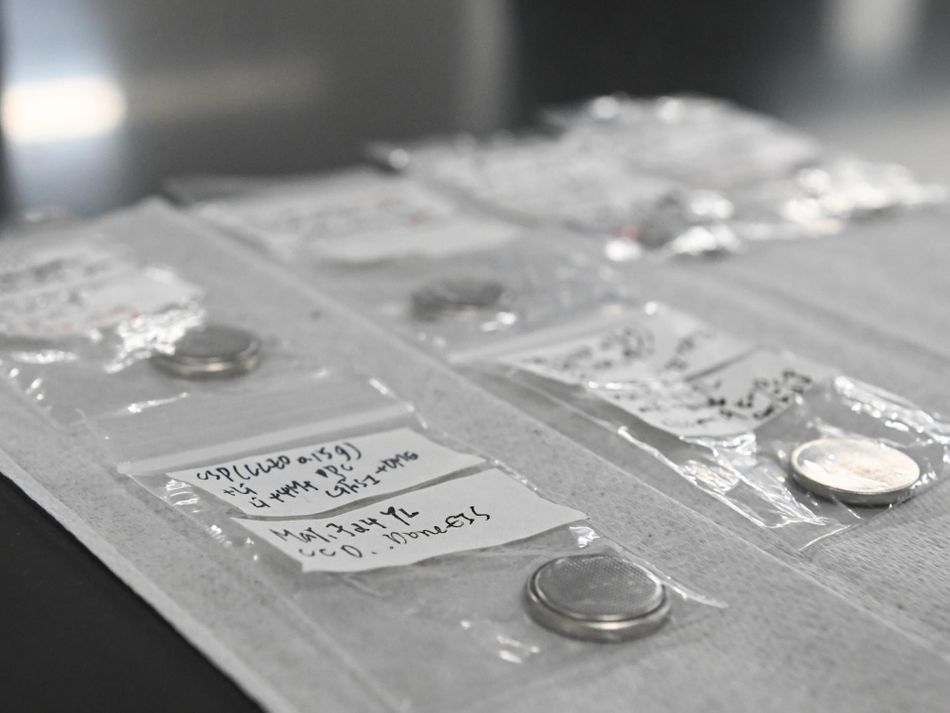Making rechargeable batteries more sustainable with fully recyclable components
Rechargeable solid-state lithium batteries are an emerging technology that could someday power cell phones and laptops for days with a single charge.

Photo by mohamed abdelghaffar from Pexels
This article was first published on
www.psu.eduRechargeable solid-state lithium batteries are an emerging technology that could someday power cell phones and laptops for days with a single charge. Offering significantly enhanced energy density, they are a safer alternative to the flammable lithium-ion batteries currently used in consumer electronics — but they are not environmentally friendly. Current recycling methods focus on the limited recovery of metals contained within the cathodes, while everything else goes to waste.
A team of Penn State researchers may have solved this issue. Led by Enrique Gomez, interim associate dean for equity and inclusion and professor of chemical engineering in the Penn State College of Engineering, the team reconfigured the design of these solid-state lithium batteries so that all their components can be easily recycled. They published their findings in ACS Energy Letters.
“As the need for rechargeable batteries grows, we need to think about the end-of-life of this technology,” Gomez said. “We hope our work highlights the possibilities in recycling of solid-state batteries, with the help of some key design elements.”
Traditionally, most of the core battery components have gone to waste because they mix during the recycling process, forming a “black mass,” according to the researchers. This black mass is rich in materials needed for batteries but separating them out remains a challenge. In solid-state batteries, the use of solid electrolytes compounds this problem, as they become intermixed with the black mass.
To more easily separate these components from the other metal components in a coin cell battery, researchers inserted two polymer layers at the interfaces between the electrode and the electrolyte prior to the start of the recycling process.
“We proposed that by dissolving the polymer layer during the recycling process, you can easily separate the electrode from the electrolyte,” said Yi-Chen Lan, doctoral student in chemical engineering and first author on the paper. “Without the polymer layer separating them, you would have the electrode and electrolyte mixed together, which makes them hard to recycle.”
Once the researchers successfully separated out the components, they made a composite with the recovered metals and electrodes using cold sintering — the process of combining powder-based materials into dense forms at low temperatures through applied pressure using solvents. Cold sintering was developed in 2016 by a team of researchers led by Clive Randall, director of Penn State’s Materials Research Institute and distinguished professor of materials science and engineering. Gomez and his team recently demonstrated the recycling of solid-state electrolytes using cold sintering.
“We used cold sintering to combine the recovered electrodes with recovered composite solid electrolyte powders, then reconstructed the battery with the polymer layers added,” said Po-Hao Lai, a doctoral student in chemical engineering and co-author on the paper. “This enables us to recycle the whole battery, which we are then able to recycle again after its use.”
After testing its performance, they found that the reconstructed battery achieved between 92.5% and 93.8% of its original discharge capacity.
“While the commercialization of all-solid-state lithium batteries is still in its early stages, our work provides important insights and ideas for designing recyclable versions of these batteries,” Lan said. “While we're not quite there yet, the long-term goal is to apply this innovation to larger batteries that could be used in devices like cell phones and laptops, once all-solid-state technology becomes more prevalent.”
In addition to Gomez, Lan and Lai, Bryan Vogt, professor of chemical engineering, also contributed to the paper.
